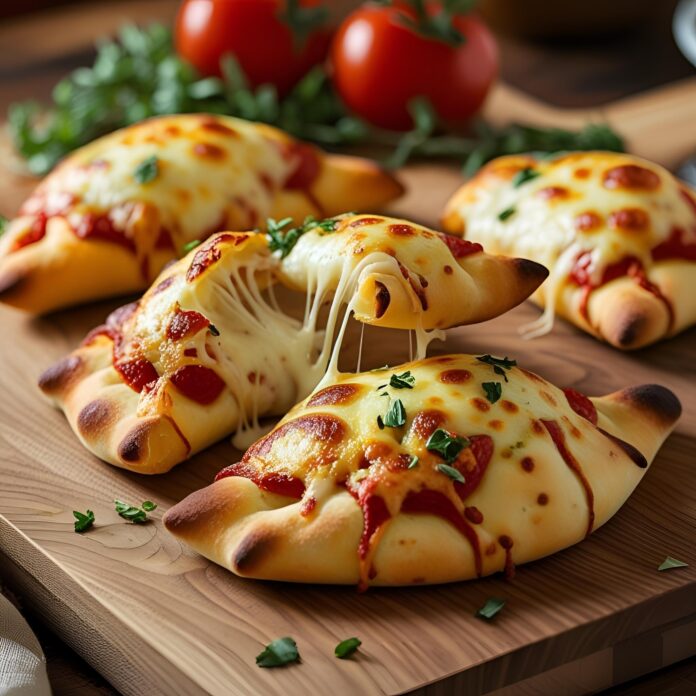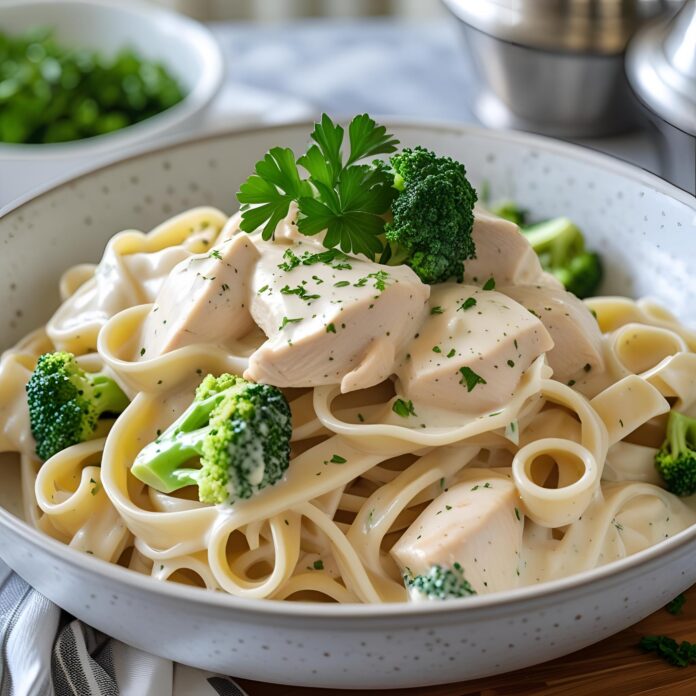Savory Butter Steak Recipe
Steak is a dish that speaks to the primal and refined sides of cooking all at once. A perfectly seared steak, juicy in the center and crusted on the outside, evokes both rustic campfire meals and upscale dining experiences. When paired with the nutty complexity of brown butter, steak transforms into a culinary experience that is rich, layered, and deeply satisfying.
Brown butter—known as beurre noisette in French cuisine—brings a depth of flavor that complements steak beautifully. The process of browning butter caramelizes the milk solids, creating a warm, toasty, slightly nutty profile that enriches whatever it touches. Paired with aromatic herbs and garlic, it becomes a sauce that is simple yet luxurious, enhancing the natural umami of the meat without overpowering it.
The recipe in this guide isn’t just about cooking steak; it’s about elevating steak. It’s about technique: mastering temperature control, searing for texture, resting for juiciness, and using minimal ingredients for maximum flavor. Whether you’re preparing a romantic dinner, celebrating a personal milestone, or simply indulging in a weekend treat, this dish offers both sophistication and soul.
In the sections that follow, we will explore the history of steak, delve into the culinary science of brown butter, and walk through a step-by-step cooking process that ensures consistent, restaurant-quality results at home. Along the way, you’ll also find tips on steak selection, doneness levels, wine pairings, and variations that make this dish adaptable to a range of tastes and occasions.
History of Steak and Brown Butter
The Origins of Steak
The tradition of cooking beef over fire is one of humanity’s oldest culinary practices. Ancient civilizations such as the Sumerians, Greeks, and Romans all had versions of roasted or grilled meat. However, the modern steak as we know it—sliced cuts of beef, cooked individually—has roots in Europe, particularly in countries with a rich tradition of cattle farming such as the United Kingdom, France, and later, the United States.
In the Middle Ages, beef was often stewed or roasted whole. But by the 15th and 16th centuries, as butchery became more precise, specific cuts like the ribeye, sirloin, and tenderloin began appearing. These cuts were prized for their texture and flavor and were often cooked quickly over open flames or in hot pans to preserve juiciness.
By the 18th century, steak had become a staple in English taverns, and it crossed the Atlantic to the New World, where it found a lasting home. American cattle ranching in the 19th century led to the popularization of steak across the United States, culminating in the rise of steakhouses in cities like New York and Chicago.
Today, steak is synonymous with quality, luxury, and comfort—a dish that signifies care, celebration, and culinary confidence.
The Culinary Rise of Brown Butter
Brown butter, or beurre noisette, has long been a cornerstone of French cuisine. It originated as a way to deepen the flavor of simple butter by gently heating it until its milk solids toasted to a golden brown. The French noticed early on that this transformation gave butter a rich, nutty aroma and flavor, making it ideal for enhancing everything from vegetables to pastries to proteins.
Although brown butter has been used in baking and sauces for centuries, its pairing with steak is a more contemporary innovation. As chefs sought new ways to layer flavor without adding heaviness, brown butter emerged as a subtle but powerful enhancer. The technique spread into modern kitchens and restaurants, becoming a hallmark of fine dining and a favorite among home cooks looking to refine their dishes.
When combined, steak and brown butter form a harmonious balance: the bold, meaty richness of beef tempered and accentuated by the toasty warmth of browned fat and infused aromatics.
Step-by-Step Instructions
1. Preparing the Steak
-
Take steaks out of the fridge at least 30–45 minutes before cooking to allow them to come to room temperature. This ensures even cooking.
-
Pat steaks dry thoroughly with paper towels. Moisture prevents a proper sear.
-
Season generously on both sides with salt and black pepper. Do this just before cooking to avoid drawing out too much moisture.
2. Preheating the Pan
-
Place your skillet over medium-high heat for several minutes. You want it smoking hot before the steak touches it.
-
Add the neutral oil and allow it to shimmer—this signals it’s ready for searing.
3. Searing the Steak
-
Carefully place the steaks in the hot pan. Do not move them for 2–3 minutes to allow a crust to form.
-
Flip and sear the other side for another 2–3 minutes.
-
For steaks thicker than 1.5 inches, you may need to reduce the heat slightly and sear for a minute longer on each side.
4. Adding the Brown Butter
-
Lower the heat to medium.
-
Add the butter, smashed garlic, and herbs (and shallots, if using) to the pan.
-
As the butter melts, it will begin to foam. Stir gently and observe the color. When it turns golden brown and smells nutty (not burnt), it’s ready.
-
Use a spoon to baste the steak continuously with the hot brown butter. Tilt the pan slightly and spoon the bubbling butter over the steak for about 1–2 minutes per side. This intensifies the flavor and finishes the cooking process.
5. Checking Doneness
-
Use an instant-read thermometer to check internal temperature:
-
Rare: 120–125°F (49–52°C)
-
Medium Rare: 130–135°F (54–57°C)
-
Medium: 140–145°F (60–63°C)
-
Medium Well: 150–155°F (65–68°C)
-
Well Done: 160°F+ (71°C+)
-
-
Remove steaks 5°F before target temperature; they’ll continue cooking during resting.
6. Resting
-
Transfer steaks to a plate or cutting board and let them rest for 5–10 minutes. This allows juices to redistribute and avoids a dry interior.
-
Optional: Pour the brown butter sauce through a fine mesh sieve and reserve for plating.
7. Serving
-
Slice the steak against the grain if serving sliced.
-
Spoon some of the reserved brown butter sauce over the top.
-
Garnish with fresh herbs or flaky sea salt, if desired.
Savory Butter Steak Recipe
Steak is a dish that speaks to the primal and refined sides of cooking all at once. A perfectly seared steak, juicy in the center and crusted on the outside, evokes both rustic campfire meals and upscale dining experiences. When paired with the nutty complexity of brown butter, steak transforms into a culinary experience that is rich, layered, and deeply satisfying.
Ingredients
- 2 ribeye, New York strip, or filet mignon steaks (1–1½ inches thick)
- Kosher salt and freshly ground black pepper, to taste
- 2 tbsp high-smoke point oil (e.g., canola, avocado, or grapeseed oil)
- 4 tbsp unsalted butter
- 3–4 garlic cloves, smashed
- 2–3 sprigs fresh thyme or rosemary
- Optional: 1 tsp Worcestershire sauce for extra umami
Instructions
1. Prep the Steaks:
Remove steaks from fridge 30 minutes before cooking to come to room temperature.
Pat dry with paper towels.
Generously season both sides with salt and pepper.
2. Sear the Steaks:
Heat oil in a heavy skillet (preferably cast iron) over medium-high heat until shimmering.
Carefully place steaks in the pan. Do not move them—let sear for 2–3 minutes until a crust forms.
Flip and sear the other side for another 2–3 minutes.
3. Add Brown Butter and Aromatics:
Reduce heat to medium-low. Add butter, garlic, and thyme/rosemary to the pan.
Tilt the pan and use a spoon to continuously baste the steaks with the browned, foamy butter for 1–2 minutes.
4. Finish Cooking:
Continue basting until steaks reach desired doneness:
Rare: 120°F (48°C)
Medium-rare: 130°F (54°C)
Medium: 140°F (60°C)
Use an instant-read thermometer for accuracy.
5. Rest and Serve:
Remove steaks from the pan and let rest for 5–10 minutes.
Slice and drizzle with the brown butter from the pan. Serve with mashed potatoes, roasted vegetables, or crusty bread.
Notes
- Brown butter adds a deep, nutty flavor—watch it closely so it doesn't burn.
- Try adding a splash of Worcestershire or balsamic vinegar at the end for extra depth.
- This method works great for both pan-seared and reverse-seared steaks.


